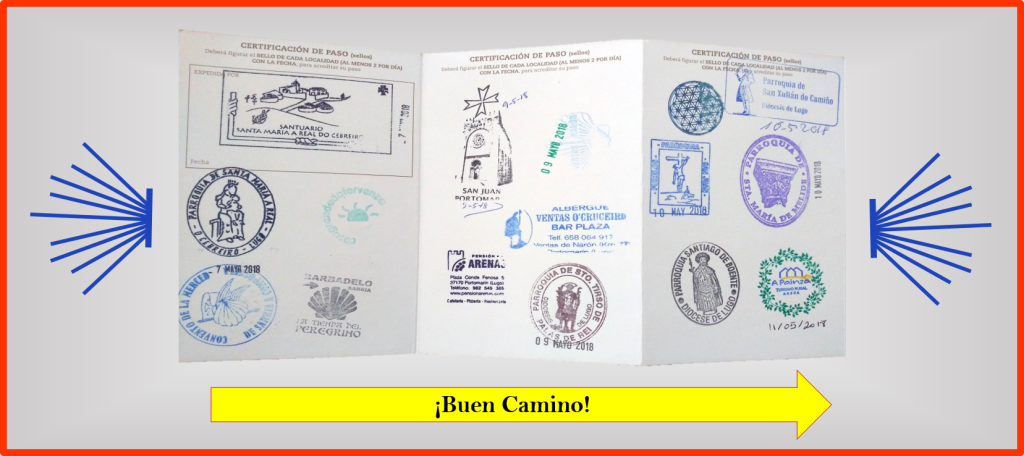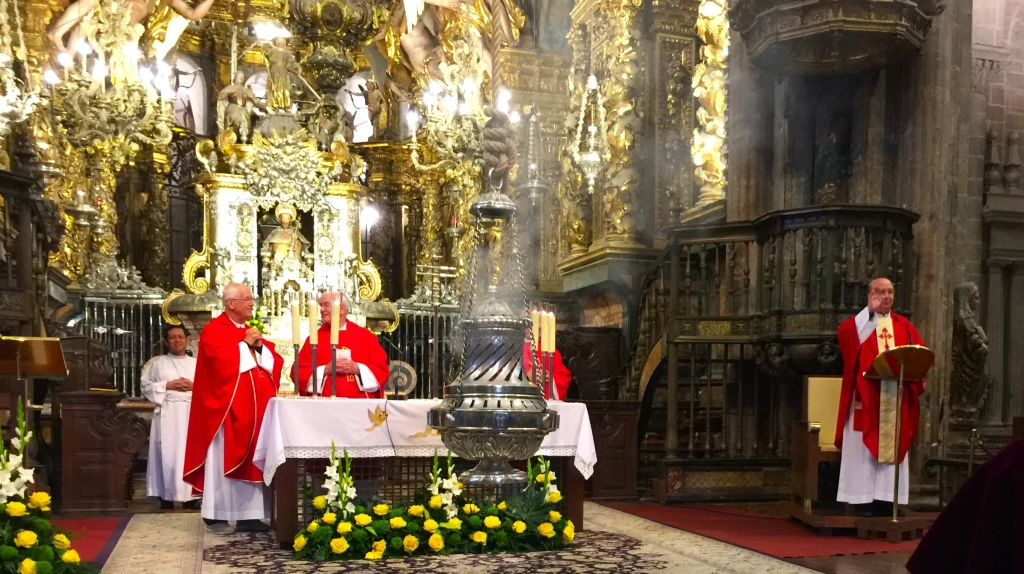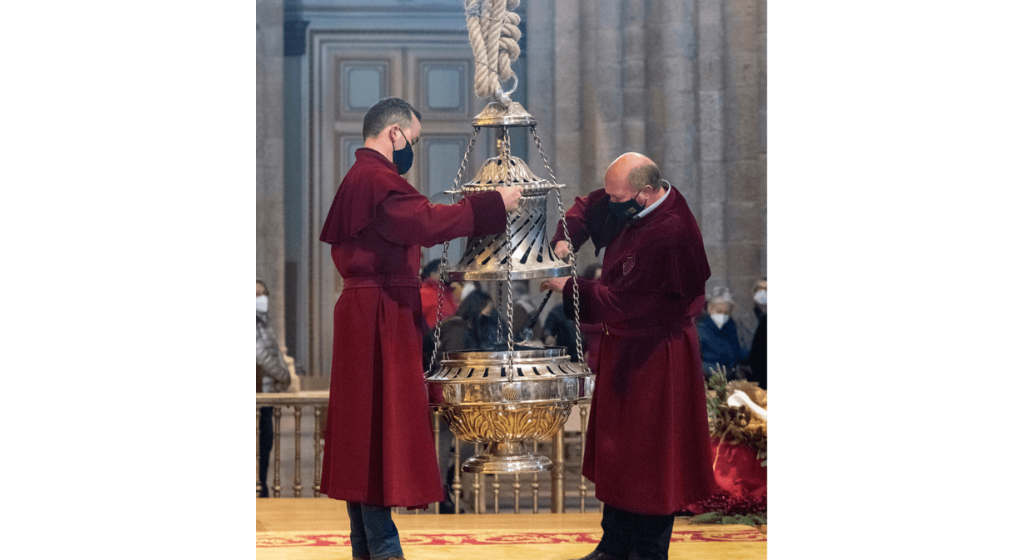Month: July 2024
Known as “the eldest daughter of the Catholic Church”, the country of France is the home of breathtaking Churches, Marian apparition sites, tombs of incorrupt Saints, and so much more. Millions of pilgrims travel to France every year and their tour culminates when they reach the magnificent city of Paris. 206 Tours has been operating Pilgrimages to Paris for decades, so we’ve put together a list of four must-see sites in Paris for every Catholic:
1. Notre Dame Cathedral
Dedicated to the Blessed Virgin Mary, this spectacular Church is considered one of the greatest examples of French Gothic architecture. Built during the 12th – 14th centuries, it is widely considered the most famous cathedral in Paris, as well as one of the most well-known in the world. In addition to its spectacular stained-glass windows and soaring spires, one of the Cathedral’s most precious relics is the Holy Crown of Thorns worn by Our Lord during his passion. Due to a fire in 2019 that caused significant damage to this historic landmark, the Cathedral is still undergoing renovations. Pilgrims are unable to enter inside until December 2024. However, visitors are currently still able to view the cathedral from the outside.
2. Basilica of Sacré Coeur de Montmartre
The Basilica of Sacré Coeur de Montmartre, commonly known as Sacré Coeur Basilica, is dedicated to the Sacred Heart of Jesus. Construction began in 1875 and it was completed in 1914. The Basilica was built as an act of penance for the infidelity that France was experiencing during that time. In addition to the extraordinary artwork and architecture that forms the Basilica, pilgrims can view the beautiful mosaic of the Risen Christ and the remarkable Grand Organ. The Basilica’s crypt contains the tombs of many notable Cardinals. Something particularly special about this Basilica is that it has served as a sanctuary for perpetual adoration since 1885, not ever stopping, even amid the World War II bombings of Paris.
3. The Chapel of Our Lady of the Miraculous Medal
Originally built in 1815, this Chapel was originally dedicated to the Sacred Heart of Jesus. In 1830, this Chapel was the site of apparitions of the Blessed Virgin Mary to St. Catherine Laboure. The Saint’s guardian angel led her to the Chapel, where the Blessed Virgin Mary appeared to her. During these apparitions, Our Lady instructed St. Catherine as to the making and purpose of the Miraculous Medal. According to the Blessed Virgin Mary, those who wear the Miraculous Medal will receive special protection and abundant graces. After her death, St. Catherine’s body was discovered to be incorrupt. Her body can be viewed in a glass case within the Chapel.
4. Church of Sainte-Marie-Madeleine (La Madeleine)
This Church is truly unique as it is built in a classic Greek design. Originally commissioned by the Emperor Napolean, it was built to honor the French Navy. After the fall of Napolean, the building was dedicated a Church in 1842 in honor of St. Mary Magdalene. This great Saint has a close relationship with France. During the persecution of the Christians after Our Lord’s Ascension, St. Mary Magdalene and a group of faithful Christians fled the Holy Land by boat and landed in modern day France. It was here that St. Mary Magdalene spent the rest of her life in prayer and penance. The Church honors this great Saint with a stunning sculpture of Mary Magdalene being carried to Heaven by angels above the High Altar. Above the altar, one can also see a beautiful fresco detailing the history of Christianity.
Join a Pilgrimage to the Best Shrines of France: www.206tours.com/tour5
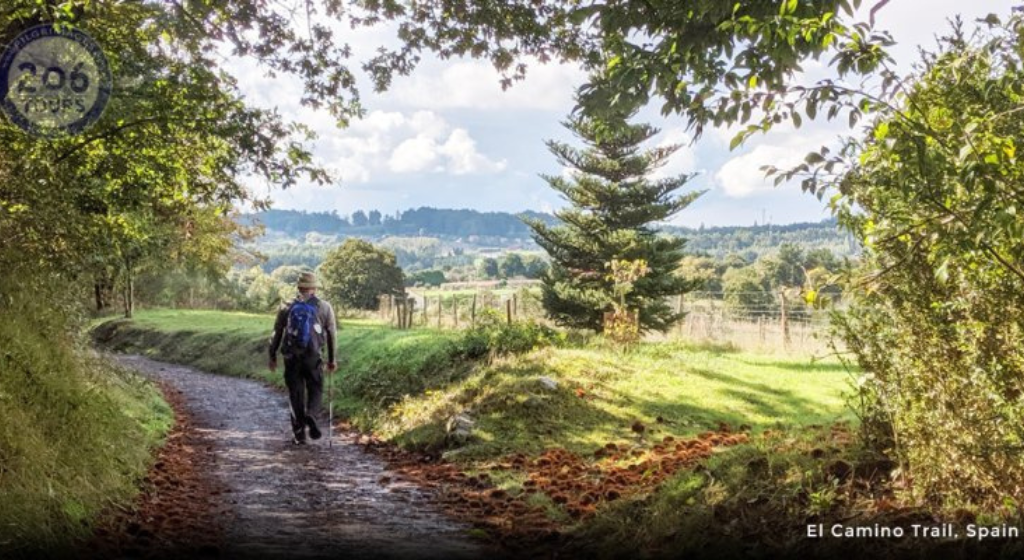


Countless yellow arrows and shells function as signs marking El Camino. The Spanish greeting, “Buen Camino,” serves as a verbal symbol of brotherhood among pilgrims. When a pilgrim says, “Buen Camino,” the typical response is also “Buen Camino,” wishing one another a successful pilgrimage. To enjoy El Camino and prevent injuries, pilgrims should walk at their own pace, take breaks, and stay hydrated. “The rest day in the middle of the pilgrimage was idyllic,” said 206 Tours pilgrim Callie Connor, a retired accountant in Carthage, Illinois. The spectacular scenery of El Camino remains one of its most appreciated characteristics.
“The landscape is what always amazes me. Especially further in the walk, when one gets to walk in the eucalyptus woods … You raise your head and see portions of the sky; the breeze moves the branches,” said Gaj. “El Camino helps you to empty yourself from the exterior noise.” The whole adventure of walking El Camino, crossing through different towns, discovering old churches and chapels, enjoying the countryside, and the variety of traditional Spanish dishes make El Camino memorable. Each pilgrim lives a unique spiritual experience while advancing toward a meaningful goal—arriving at St. James Cathedral! Mass is celebrated daily in the Cathedral of Santiago de Compostela to welcome all pilgrims completing El Camino. Visiting the tomb of St. James, revered by pilgrims from different epochs and corners of the world, can be a humbling experience—he accompanied the Lord and witnessed His transfiguration (Matthew 17:1–8).
Pilgrims can also witness the swinging of the 5-foot iconic botafumeiro flying across the lateral naves of the cathedral—a must-see for the culmination of the pilgrimage.
206 Tours pilgrim Betty Beyko, a retired teacher in Alberta, Canada, said the final Mass in the cathedral with glorious music and the botafumerio is one of the most vivid moments she remembers. Yet, she added, “I loved every aspect of El Camino. For me, it will be a lasting memory, bearing fruit at home.” 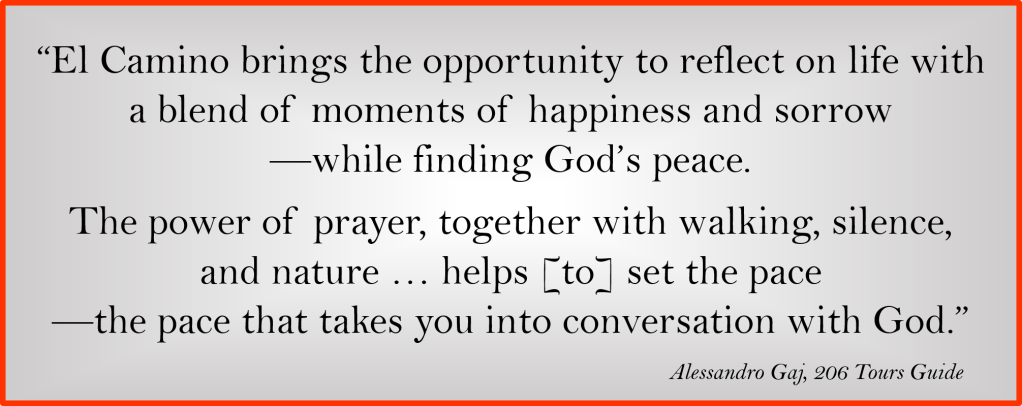
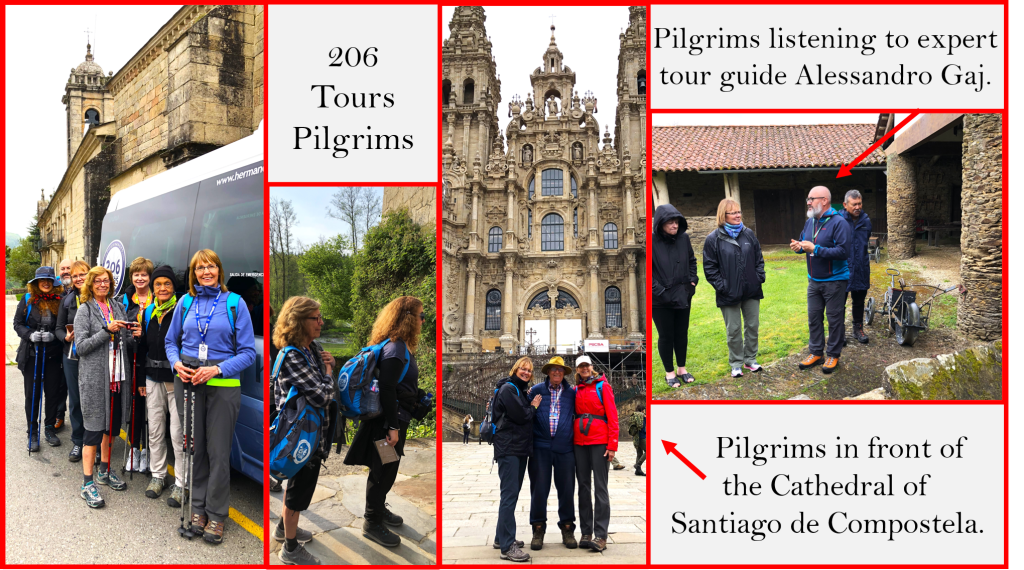

El Camino Pilgrimage – French Route: www.206tours.com/tour70
El Camino Pilgrimage – Portuguese Route: www.206tours.com/tour78
View all available Pilgrimages with 206 Tours by visiting: www.206tours.com/pilgrimages
While walking the famous El Camino, the Way of St. James, pilgrims eagerly anticipate their arrival at the Cathedral of Santiago de Compostela. After many days of challenging themselves physically, mentally, and emotionally, this Cathedral is where their Pilgrimage will be completed and many rewarding experiences await them there.
In addition to praying at the tomb of the Patron Saint of Pilgrims, St. James, pilgrims can join together in prayer at the Pilgrims’ Mass. These Masses are offered multiple times a day in the Cathedral and are an opportunity for each Pilgrim to celebrate God’s blessings and to thank Him for keeping them safe while on their journey.
When attending the Pilgrims’ Mass, many hope to experience the famously large incense burner known as the “Botafumeiro”. Weighing over 116 lbs. and over 5 feet tall, the Botafumeiro is suspended from a pulley system that hangs 65 feet from the roof of the Church. It takes eight men to operate the pulley system, which swings the Botafumeiro at a great speed, dispersing aromatic incense throughout the Church. The incense drifting up to Heaven is a tangible symbol of the prayers and sacrifices made by the Pilgrims being offered to God in praise and thanksgiving.
Above: Video of 206 Tours pilgrims witnessing the Botafumeiro swinging majestically at Mass in the Cathedral de Santiago
206 Tours is committed to providing this experience of witnessing the Botafumeiro in action. That is why 206 Tours makes a generous donation to the Cathedral every time one of our Camino Pilgrimage groups are present at the Pilgrims’ Mass. This donation is what allows the Botafumeiro to operate and the experience of seeing it swinging across this magnificent Church is a memory Pilgrims are certain to cherish forever.
The Botafumeiro is also used on a select number of holy days:
- Feast of the Epiphany (January 6th)
- Easter Sunday
- The Apparition of the Apostle-Clavijo (May 23rd)
- Pentecost
- The Martyrdom of Saint James (July 25th)
- Assumption of Mary (August 15th)
- All Saints Day (November 1st)
- Feast of Christ the King
- Feast of the Immaculate Conception (December 8th)
- Christmas Day (December 25th)
- Transfer of the Remains of the Apostle (December 30th)

Pictured above: The Botafumeiro of the Cathedral at Santiago de Compostela
If you are considering walking El Camino, there is no better Pilgrimage company to make this journey than with 206 Tours. With expert guides, comfortable accommodations, daily Mass, and delicious food, we ensure that you will be able to enjoy the peace, spirituality, and beauty of this faith-filled Pilgrimage.
El Camino Pilgrimage – French Route: www.206tours.com/tour70
El Camino Pilgrimage – Portuguese Route: www.206tours.com/tour78
View all available Pilgrimages with 206 Tours by visiting: www.206tours.com/pilgrimages






